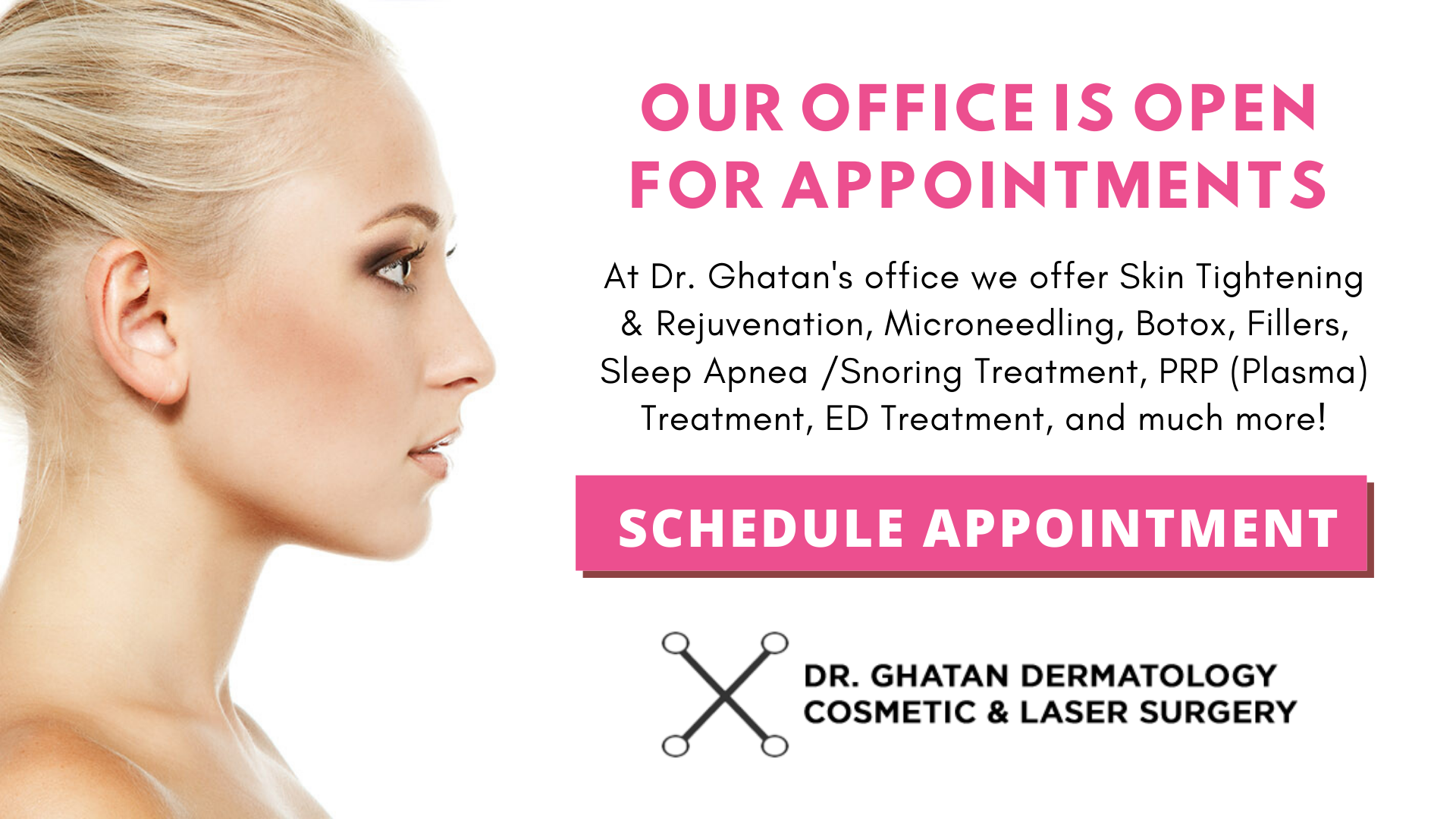Scarring is an integral part of the body’s natural healing process after a trauma, injury, surgery or conditions such as acne or chicken pox. Several options are available to treat any type of scar.
What causes scarring?
Scarring is an integral part of the body’s natural healing process after a trauma, injury, surgery or conditions such as acne or chicken pox.
As the skin heals, it may form lumps (hypertrophic or keloid [painful growing scars]), abnormal pigmentation (hypopigmented or hyperpigmented scars), red scars (vascular scars with too many blood vessels). Some scarring is caused by abnormal healing unique to an individual patient such as keloid scars. Acne can cause different kinds of scars, i.e. pitted scars. Chicken pox typically causes ice-pick scars. when the skin’s pigment cells are damaged, darkly pigmented scars and white scars result.
What treatment options are available for scars?
Several options are available to treat any type of scar. Laser scar removal and other scar removal techniques can reduce and improve the appearance of scarring on the face and body. Laser or Intense Pulsed Light (IPL) treatments are used to soften lumpy scars, remove abnormal brown pigment, and reduce or remove redness. Fraxel laser operates by removing damaged skin on the surface while stimulating new collagen deeper in the skin. These two modes operate together to improve the elasticity, texture and tone of the skin. For scars that are inflamed, the Nd:Yag laser can be used to diminish the blood vessels that are causing the inflammation, so that the scar is less noticeable. There is no “down time” or recovery time necessary following laser scar removal.
Soft tissue fillers (Bellafill, Radiesse, including permanent fillers), work well for depressed acne scars and areas where injury has caused tissue loss and dimpled or indented the skin.
Will my scar be removed?
Scars are not completely “removed”. What one can reasonably expect is that the appearance is softened and lightened to make scars less noticeable. The effectiveness of treatment will vary depending on the individual nature of each scar, and healing of the individual.
What treatment options currently exist for acne scars?
Topical treatments, chemical peels, dermabrasion, microneedling, and laser resurfacing are among the current available treatment options for acne scars. however, these treatments may be associated with significant downtime. It can also take a significant amount of time before their results are visible – and they often lack rigorous, controlled data to support their safety or efficacy.
As with many injectable fillers, you may experience bruising, itchiness, pain, swelling, redness, discoloration, lumpiness, bumps, acne, or increased sensitivity at the treatment site. These side effects usually go away by themselves within a few days.
What is Fotona Laser Scar Revision?
Gentle and effective treatment for new and old acne or surgical scars anywhere on the face or body
Laser scar-revision treatments are minimally invasive with faster recovery than from more aggressive lasers. This allows the positive psychological impact of scar revision treatments to be realized much sooner and with less downtime.
Harnessing the medical power of light
Lasers are ideally suited for the effective treatment of a wide range of scar tissues. For hypertrophic and keloid scars, Dr. Ghatan can achieve substantial improvements in the aesthetic appearance and overall tissue quality of a scar, including reducing redness, volume, and overall appearance. In many cases, further improvement can also be obtained using a gentle ablative Er:YAG skin resurfacing laser procedure. Acne scars in particular respond well to Er:YAG treatments, and Dr. Ghatan will recommend a treatment protocol specifically for you.
Recommended: 3-6 sessions for mild to moderate scarring
Recommended: 6-9 sessions for moderate to severe scarring

